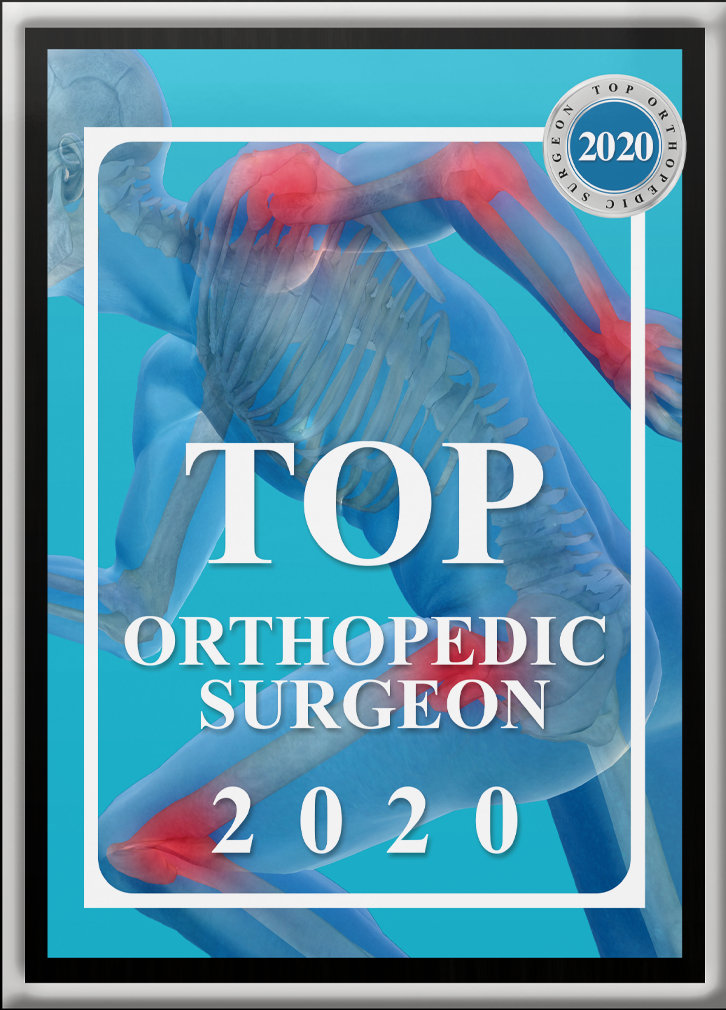We are proud to announce that Dr. Soffer has been chosen as a Top Orthopedic Surgeon 2020 by Pennsylvania Magazine! This honor recognizes Dr. Soffer’s expertise and dedication to improving the mobility and quality of life in his patients. Congratulations Dr. Soffer!







